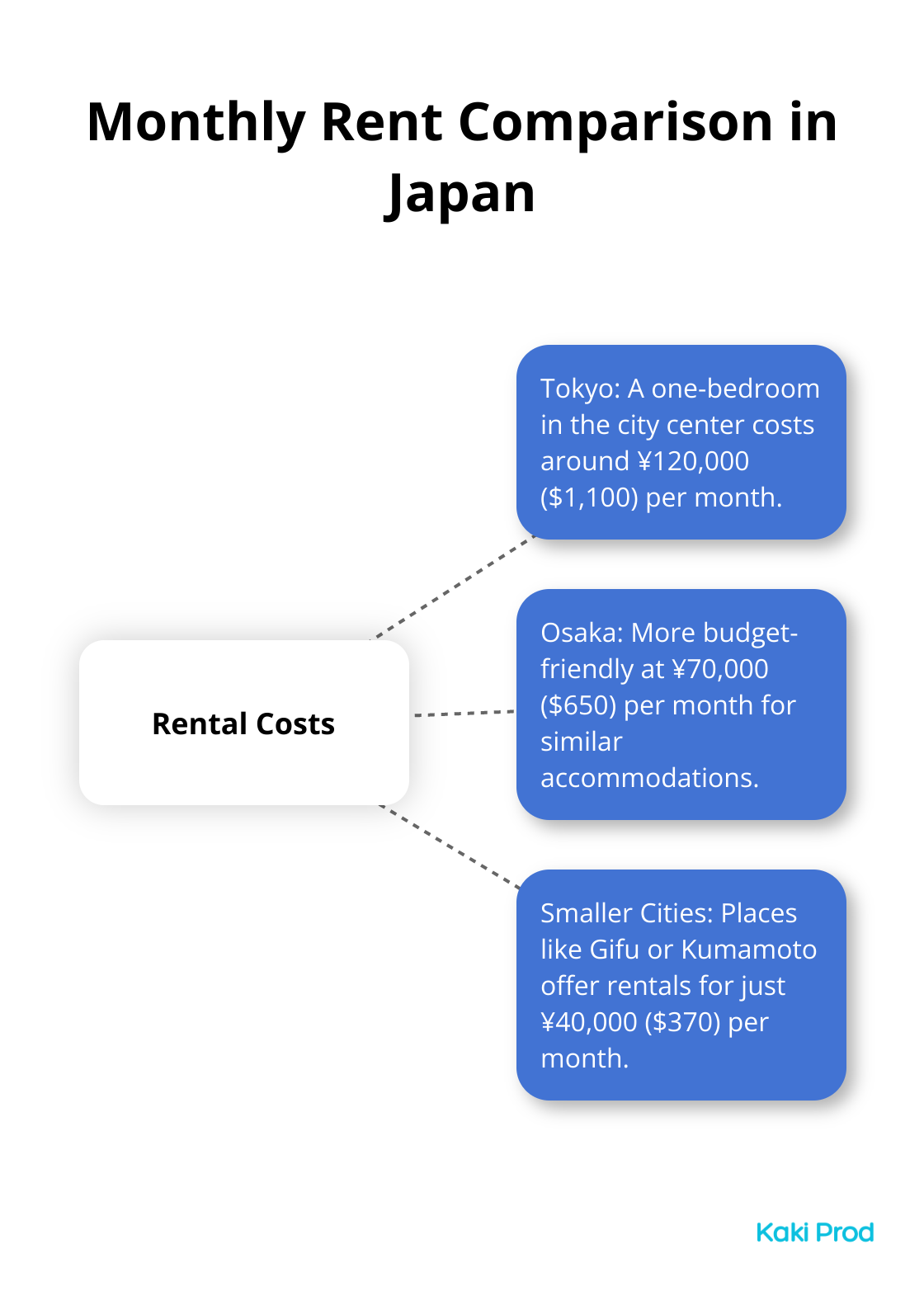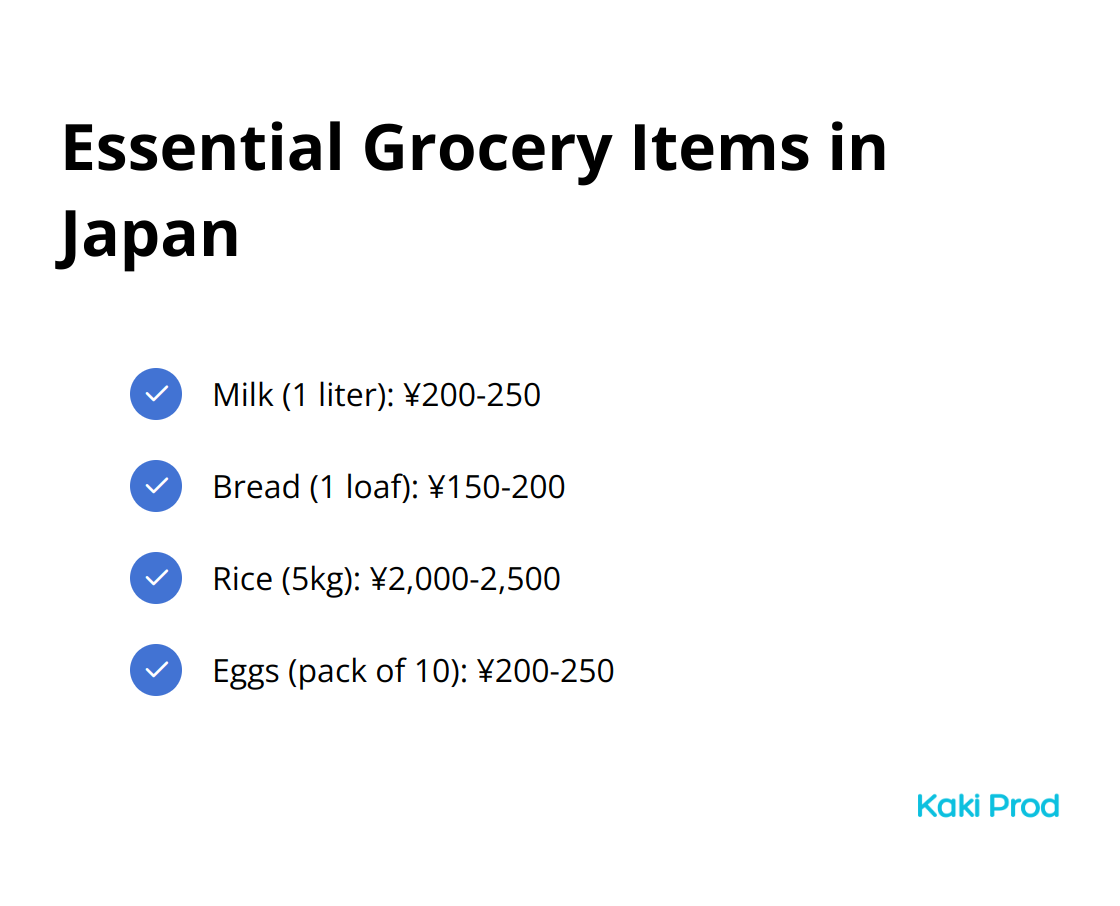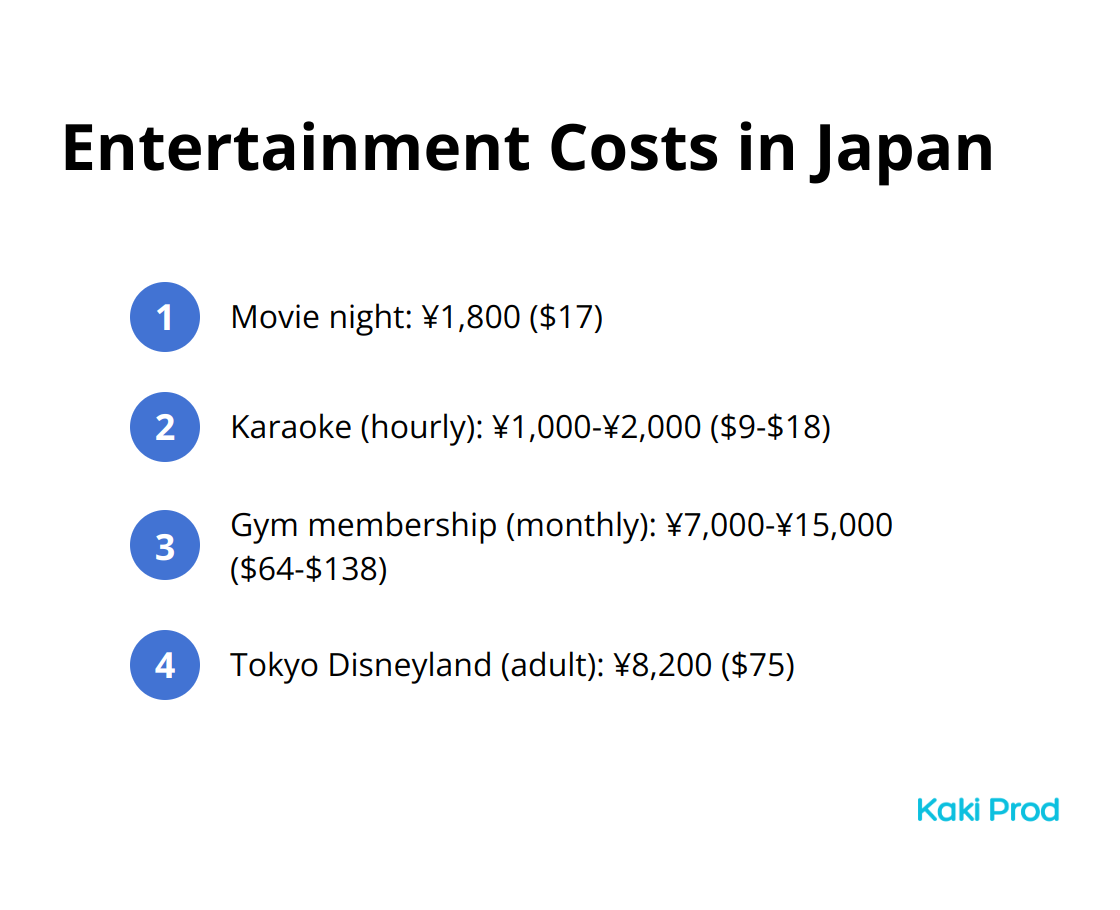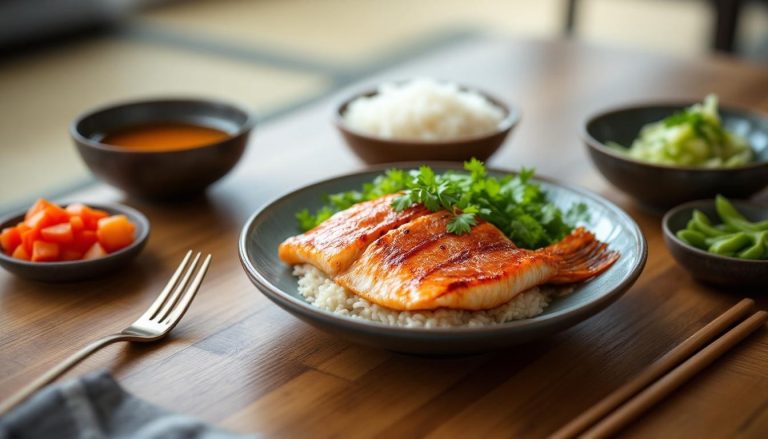So, here’s the deal: At Kaki Prod, we’ve whipped up what might just be the Holy Grail of guidances on the cost of living in Japan. We’re not kidding—this breakdown runs the gamut from housing to food to, yes, even how much it’ll set you back to get around or see a doctor.
We’ll delve into what your wallet can expect whether you’re swanning about in Tokyo or chilling in some rural enclave. It’s chock-full of practical nuggets for both locals and the expat crowd (who are probably wrestling with yen-to-dollar conversions as we speak).
The mission? We’re laser-focused on giving you the 411 that’s both accurate and up-to-the-minute—so you can whip your budget into fighting form for life in the Land of the Rising Sun.
How Much Does Housing Really Cost in Japan?
Renting in Japan: City vs. Countryside
Let’s play a game of Monopoly-Japan style. Depending on where you plant your flag, housing costs in the Land of the Rising Sun can swing wildly. Take Tokyo, for instance-think of it as the Boardwalk of Japan. A one-bedroom smack in the city center? You’re looking at roughly ¥120,000 ($1,100) each month to call that home. Now, Osaka’s got a bit of a Sesame Street vibe – a little friendlier on your wallet at ¥70,000 ($650). And if you’re really into stretching your yen, smaller cities like Gifu or Kumamoto throw down the red carpet for you at just ¥40,000 ($370).
Then there are the social butterflies seeking shared living (shout-out to Sakura House or BORDERLESS HOUSE) – furnished rooms starting from a mellow ¥50,000, utilities wrapped in. Think of these as your starter kit to Japanese living.

Hidden Costs: Utilities and Fees
But wait – there’s more. Utilities are like that bonus track on your favorite album; they add layers. Expect to shell out about ¥25,000 ($230) each month for the basics-electricity, gas, water, and the weekly dance with the garbage truck. Your online life? Another ¥5,000 ($45) monthly.
Welcome to the world of “key money” – that peculiar little quirk of a welcome gift to your landlord at lease kickoff. It’s above and beyond a security deposit that you might (cross your fingers) get back. Security deposits and agent fees further stack the deck. Total it all up, and you’re looking at 4-6 months’ rent upfront. Yikes.
Buying Property: A Long-Term Investment
So, you’re thinking of going all in and buying? Tokyo’s city-center real estate is the King of the Mountain-around ¥1,000,000 ($9,200) per square meter. But hey, they’ve got stability going for them.
For our foreign friends, snagging that dream property isn’t a walk in the park. You’re chasing that golden ticket-a permanent resident visa or a Japanese spouse for a mortgage. Oh, and don’t forget about that 20-30% down payment staring you down.
A silver lining? Recent data shows mortgage rates are pretty chill.
Location Matters
Tokyo real estate might have you donating plasma, but head out to rural Hokkaido, and you’re in for a completely different story. Properties out there can be a tenth the price. Some might call it a fixer-upper’s paradise with all those akiya (abandoned houses) waiting for a comeback.
Expert Advice is Key
The lay of the Japanese land-unique, huh? Local wisdom is the compass needed to navigate this real estate jungle. Don’t skimp on getting expert advice before you leap.
Now let’s pivot from rooftops to ramen bowls. How do you keep that belly full and those taste buds dancing in Japan? Spoiler: The food scene is nothing short of a festival, but how does it all add up?
What’s on Your Plate in Japan?
At Kaki Prod, we understand that food isn’t just about filling your belly-it’s a journey into culture. Nowhere is this truer than in Japan. So, let’s dive into the nitty-gritty of groceries, dining out, and indulging in those crazy-good Japanese food experiences.
Grocery Shopping: The Essentials
Grocery shopping in Japan-it’s like a fun ride for your taste buds and a test for your budget. If you look at the annual average of monthly expenditure tracked from 2015 to 2024, it might make you wince, but relax-you can work it down.
Local supermarkets have your back with seasonal goodies at decent prices. Pro tip: hit them up close to closing time. They often slashing prices on ready-to-eat meals and perishables-sometimes by half! Perfect for scoring deals and expanding your culinary horizons.
As for the staples, expect these ballpark figures:

Don’t skip the 100 Yen Shops for pantry fillers and household stuff. Not every item is exactly 100 yen, but hey, it’s a steal compared to regular prices.
Dining Out: From Ramen Shops to Michelin Stars
Japan’s dining options? Legendary, for all budgets. Start simple with a soul-warming bowl of ramen or hearty curry rice for ¥500-1,000. These budget bites are perfect for fast lunches or laid-back dinners.
Step it up at mid-range eateries, which typically cost ¥1,000-3,000 per person. This is where you’ll find a myriad of Japanese and international delights. Keep an eye out for teishoku (set meals) at lunch. Slightly pricier than rice bowls but often more nutritious, these go for around 800 to 1,000 yen.
Now, for those opulent nights out-fine dining in Japan is an event, with sushi temples or Michelin spots asking for ¥10,000 (or more) a head. While they’re awe-inspiring, they aren’t your every-Friday-night plans.
Unique Japanese Food Expenses
And then there are those iconic Japanese treats that might not grace your typical grocery list back home. Think wasabi root, top-shelf matcha, or primo sake – all are splurges worth savouring.
Take wagyu beef: you’re looking at about $6 USD per 100 grams in Japanese stores, according to wagyu prices. Sushi-grade tuna? ¥5,000 could be your asking price for a tidbit.
Still, not everything Japanese will break your bank. Convenience stores (they’re everywhere) have a treasure trove of affordable snacks and sips. Sample a rainbow of Kit Kat flavors, onigiri (rice balls), or special drinks for just a few hundred yen each.
To juggle your food finances in Japan, mix it up! Cook with local flair, grab lunch specials, and reserve the ritzier dining for rare occasions. This lets you relish all the magic Japanese cuisine offers without emptying your wallet.
So, now that we’ve dominated the food scene, let’s switch gears to talk transportation and other everyday must-knows in Japan.
How Much Does Daily Life in Japan Really Cost?
Public Transportation: A Ticket to Savings
First off… let’s talk public transportation in Japan. It’s crazy efficient, and trains are basically the lifeblood here. Your casual ticket for a local ride is around ¥220 ($2) – but if you’re hopping on and off frequently? Consider grabbing a commuter pass. At roughly ¥10,000 ($90) per month, it’s your ticket (pun intended) to some serious savings.
Now, if you’re in Tokyo, the Pasmo or Suica card is your wingman. These nifty cards don’t just cover you on almost all public transport; they work in some convenience stores too (talk about versatility). Plus, they offer these tiny discounts compared to single-trip tickets – every yen matters, right?
Car Ownership: More Luxury Than Necessity
Owning a car in Japan, especially around urban sprawls like Tokyo… it’s more weekend luxury than daily necessity. Public transit might be a slower ride, but it’s lighter on the wallet compared to owning a car here. A shiny new compact? Starts at about ¥1.3 million ($12,000). But wait… there’s more:
- Bi-annual inspections (a.k.a. shaken): ¥100,000-¥200,000 ($920-$1,840)
- Annual automobile tax: ¥30,000-¥50,000 ($275-$460)
- Insurance – the mandatory kind: ¥40,000-¥100,000 ($370-$920) per year
- Parking fees: Could set you back more than ¥30,000 ($275) per month in city centers
In the end, public transport is less expensive, faster, and skips the headache (literally).
Healthcare: Quality Care at Reasonable Prices
Switching lanes to healthcare… Japan’s system beautifully mingles public with private. Even though public healthcare facilities are only 14% of the mix, they squeeze in 22% of all hospital beds. Residents sign up for either National Health Insurance (NHI) or Employees’ Health Insurance.
That NHI bill? Between ¥20,000 to ¥40,000 ($180 to $360) monthly, income-dependent of course. Seems steep, but then a doctor’s visit usually runs you ¥1,000-¥3,000 ($9-$28) out-of-pocket.
Prescriptions? Not wallet-busting. Monthly supplies for basics like blood pressure meds? Less than ¥3,000 ($28).
Entertainment: Options for Every Budget
And, of course, entertainment-plenty for every pocket:

But if you’re budgeting? Japan’s parks and temples are your go-to – free entry to these gems. Public libraries, surprisingly, offer free internet access and sometimes even language exchange programs.
Catch the cherry blossoms in spring or soak up summer festival magic for a cultural dive without hammering your budget. Enjoy the ride…
Final Thoughts
Living costs in Japan… a tale of two cities (literally). Tokyo and Osaka? Yup, your wallet’s going to feel that. High rents, high life. But fear not-dip into the suburbs, and suddenly, life gets a little more affordable. It’s all about balance, right? Public transport that’s efficient, healthcare that doesn’t break the bank, and bites that aren’t budget busters add some sanity to the urban jungle.
So, you’re an expat trying to crack the Japanese code? Not a nightmare! The secret sauce? Savvy choices. Think smaller cities, hop on the train, hit up local markets… and, boom-your yen goes further. Oh, and shout out to Kaki Prod for the cheat codes-guides that break down living costs across the globe? Yes, please.
Japan’s a place where futuristic vibes meet age-old traditions. With a bit of smart planning and cultural curiosity, living the good life without selling a kidney is totally doable. Striking the sweet spot-soaking up that Japanese culture while keeping an eye on the bank balance… that’s the magic formula.

